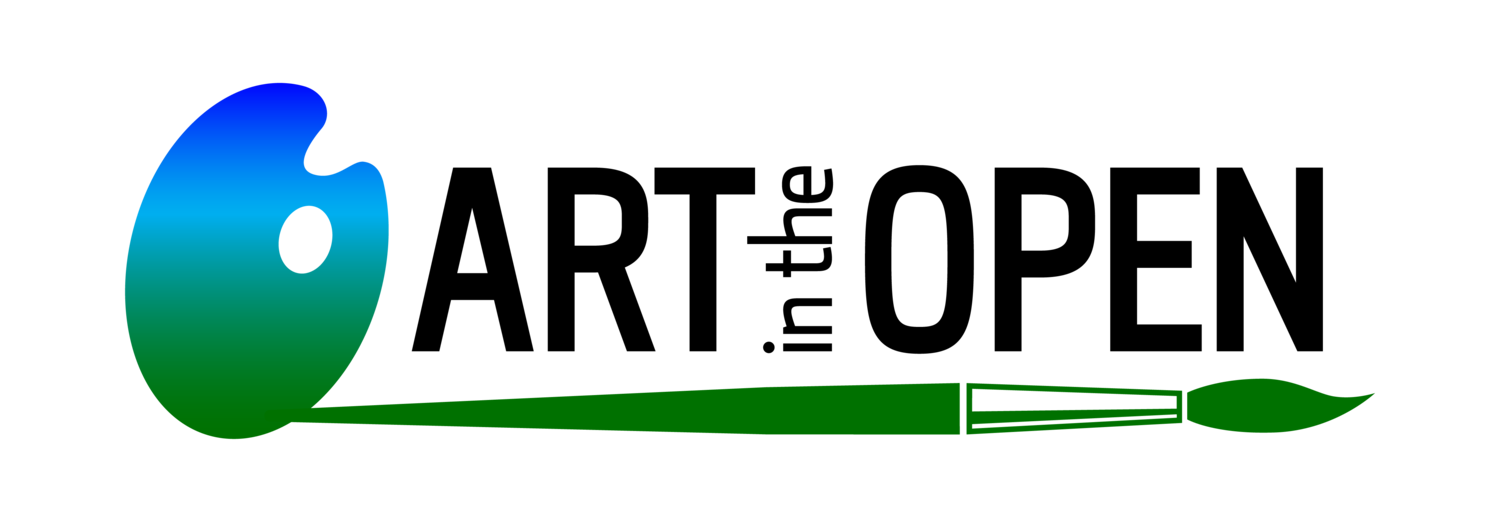2024 PAINTOUT VENUES
WEXFORD TOWN - 20th July
Wexford town is at the heart of Art In The Open's festivities and lies at the mouth of the Slaney River. Founded by Vikings in 800AD, the town centres around a long main street parallel to the quayside and a series of narrow lanes down to the harbour. These lanes would have once reached water and been lined with boats. Today, they are brimming with old time pubs, art galleries, craft shops and celebrated restaurants..



CARNE BEACH - Sunday, 21st July
The pier at Carne separates the sandy shallow bay from the rocky coastline to the West. There is always some quiet seaside activity here, walking the dog, kite-flying, hauling in lobster-pots or giving the hull of some craft a coat of fresh paint. What better place to ease gently into a plein air festival? The farms in the area are famous for quality potatoes and the area is dotted with cottages and small-scale farm buildings. On the way we pass Lady's Island; a wildlife reserve and ancient pilgrim site. At Carne, the Lighthouse Bar and shop is close at hand and the award-winning Lobster Pot pub and seafood restaurant is also nearby.



Wells House - Monday, 22nd July
Wells House and Gardens is a Victorian tudor gothic country house museum, located around 7 km outside of Kilmuckridge, County Wexford. It was designed by Daniel Robertson (of Powerscourt and Kilruddery House in County Wicklow and Johnstown Castle) in the 1830s. It was opened to the general public in July 2012 and is the most visited attraction in the county of Wexford, being named "Ireland's Best Family Day Out" by Today FM in 2015. The house has extensive gardens, an animal farm, a cafe and a children's playground. Archery and falconry are also practised. It is found on the R741 road, near the small village of Ballyedmond and about 18 km south of Gorey. It features as a suggested stop on the Ireland's Ancient East touring area.



HOOK HEAD
Tuesday, 23rd July
Lonely Planet describes Hook as the world's no. 1 lighthouse. It is also the oldest operational lighthouse in the world and its iconic, black and white, chubby shape and spectacular shoreline setting make Hook a 'must-paint' feature landmark in south-east Ireland. There is a Visitors' Centre with café and tours of the lighthouse operate regularly. There are gentle coves, cliffs and crashing waves over black, sedimentary rocks teeming with fossils. If that is not your delight, just 2.5 km but a world away is the tiny harbour of Slade with its handful of fishing boats, its castle, cottages, washing lines and ancient graveyard.



GRAIGUENAMANAGH - Wednesday, 24th July.
Graiguenamanagh or Graignamanagh (Irish: Graig na Manach, meaning "village of the monks") is a town in County Kilkenny. It is located on the R705 regional road by the border with County Carlow on the River Barrow at the foot of Brandon Hill. It is home to Duiske Abbey, the largest and perhaps the finest of the thirty-four medieval Cistercian abbeys in Ireland. This pretty medieval village nestles in the beautiful river Barrow valley about 6 miles north of the Coachouse. It has been called Ireland's best kept secret and is a veritable treasure trove of varied scenery, ancient buildings, canal boating, river and hill walks, crafts, traditional pubs restaurants.



Tintern Abbey
Thursday, 25th July
This Cistercian monastery was founded c. 1200 by William, Earl Marshal on lands held through his marriage to the Irish heiress, Isabella de Clare. This abbey, founded as a daughter-house of Tintern Major in Wales is often referred to as Tintern de Voto.
The nave, chancel, tower, chapel and cloister still stand. In the 16th century the old abbey was granted to the Colclough family and soon after the church was partly converted into living quarters and further adapted over the centuries. The Colcloughs occupied the abbey from the sixteenth century until the mid-twentieth.
















